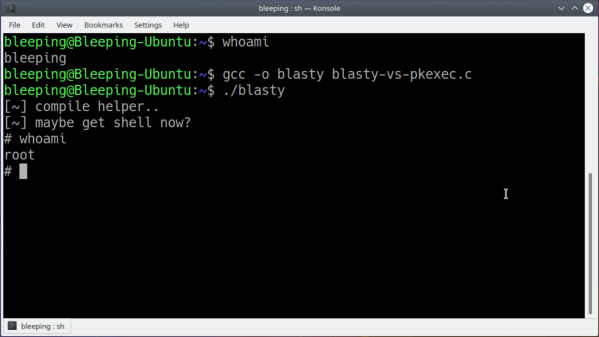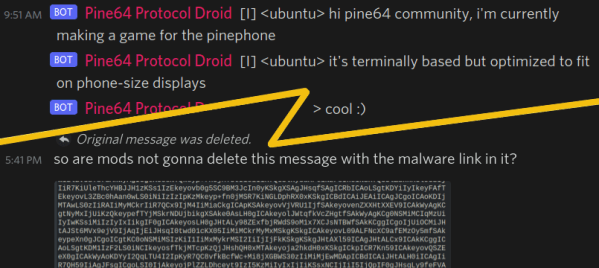Over the years we’ve seen many small computer boards of various abilities, among them many powerful enough to be almost-useful Linux general purpose computers. We’ve also seen more than a few computers that claimed the impossible, usually an amazing spec for a tiny price tag. Here for once is a small computer that’s neither of those two; a minimum viable Linux handheld terminal whose $15 USD price tag is openly discussed as a target price for a large production run rather than touted as its retail price.
It’s the work of legendary former Hackaday writer [Brian Benchoff], and instead of being merely a PCB it’s a fully usable computer with case, keyboard and display. It’s based upon an Allwinner F1C100s SoC, it’s powered by AAA cells, and it sports a split rubber keyboard that likely builds on his previous experience with the VT-69 portable RS-232 terminal. On the back is a USB port and an SD reader, and in the centre of the front panel lies a 320 x 240 pixel display. It’s important to note that this is not intended to run a GUI, while it’s DOOM-capable it remains very much a command-line Linux tool. Perhaps most interestingly it’s claimed that all the parts are available in quantity here in the chip shortage, so maybe there’s even a chance we might see it as more than a project. We can hope.
Thanks [Sathish Guru V] for the tip.















